From Australia to the US and UK, high-security coronavirus camps are sheltering Wuhan evacuees
As the number of coronavirus cases surges, remote sites are being converted to quarantine bases in an episode that feels “like the script of a disaster movie”.
The high-security sites are dotted around the globe. From the US west coast to a peninsula in northwest England and deep in the heart of Germany.
People can get in, but once you’re there, there’s no getting out. Not for at least two weeks anyway.
In Britain, it’s a hospital; in the US an air base or six and in Australia it’s an island far from home and remote former workers camps in Darwin.
MORE: Follow the latest updates on coronavirus here
These are the quarantine stations that have sprung up as concern has grown about the spread of the coronavirus from the Chinese city of Wuhan to the rest of the world.
But while some countries are placing evacuees behind chain-link fences in sites never usually open to the public, others have placed them in holiday parks complete with views of the sea and plush bedrooms.
According to the World Health Organisation there have been more than 31,400 cases of people contracting coronavirus in China and 636 deaths.
Overseas, the number of people with the virus stands at around 308 people, 15 of those in Australia.
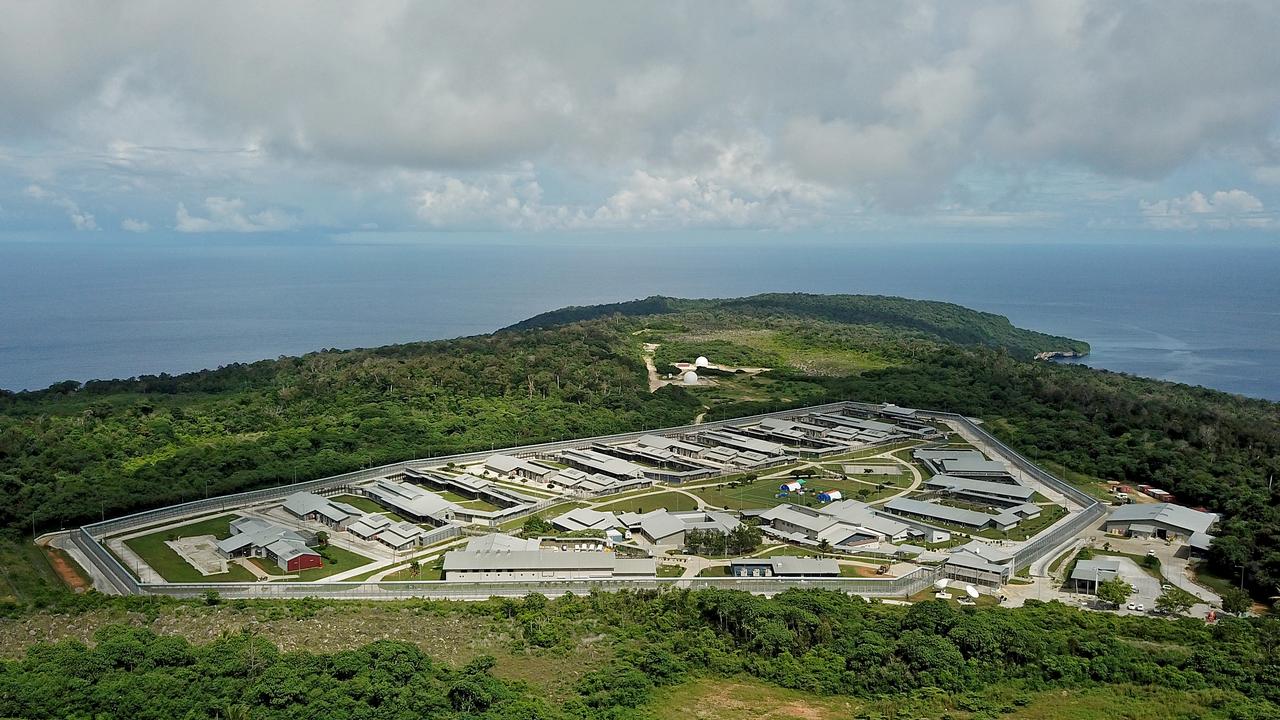
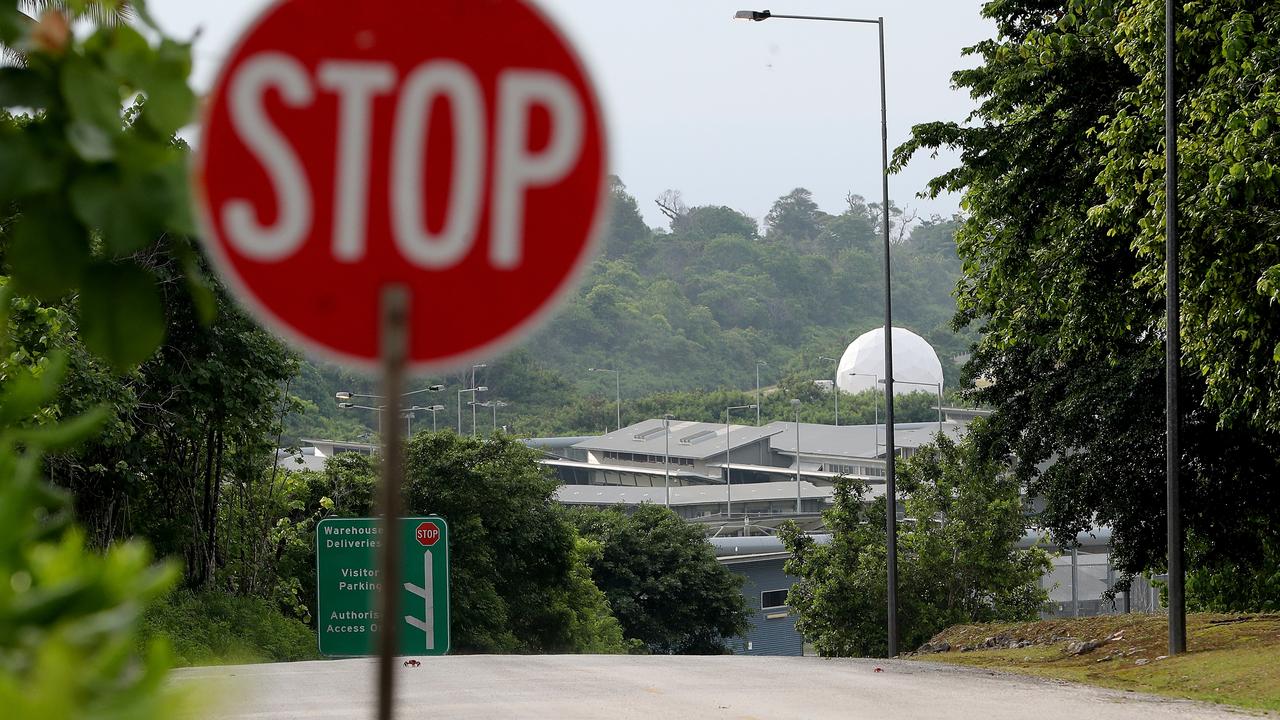
Globally, the response from many governments has been similar: to bar entry to anyone who has visited mainland China in the previous fortnight and quarantine their own citizens who have evacuated from Wuhan and Hubei province.
On Saturday, Prime Minister Scott Morrison announced that Australia’s quarantine site would be the former immigration detention centre on Christmas Island. The next batch of evacuees – due to arrive in Australia in the coming days – will be quarantined at an old mining camp near Darwin.
On the face of it, Christmas Island seems like the perfect location. A secure facility on an isolated island some 3500km from Australia proper.
Although, as one epidemiologist has said, quarantining people on a distant island “reads more like a script for a disaster movie than a public health response”.
And its effectiveness is questioned. Various experts in virology have said the fact that coronavirus has now made its way around the world shows it doesn’t care much for borders, artificial or natural. Perfectly healthy seeming people have been harbouring the virus and flow around the world and more could be about to do so.
Nonetheless, advocates insist quarantining can slow the spread of the virus which may allow crucial time to put in place a more nuanced response to the threat.
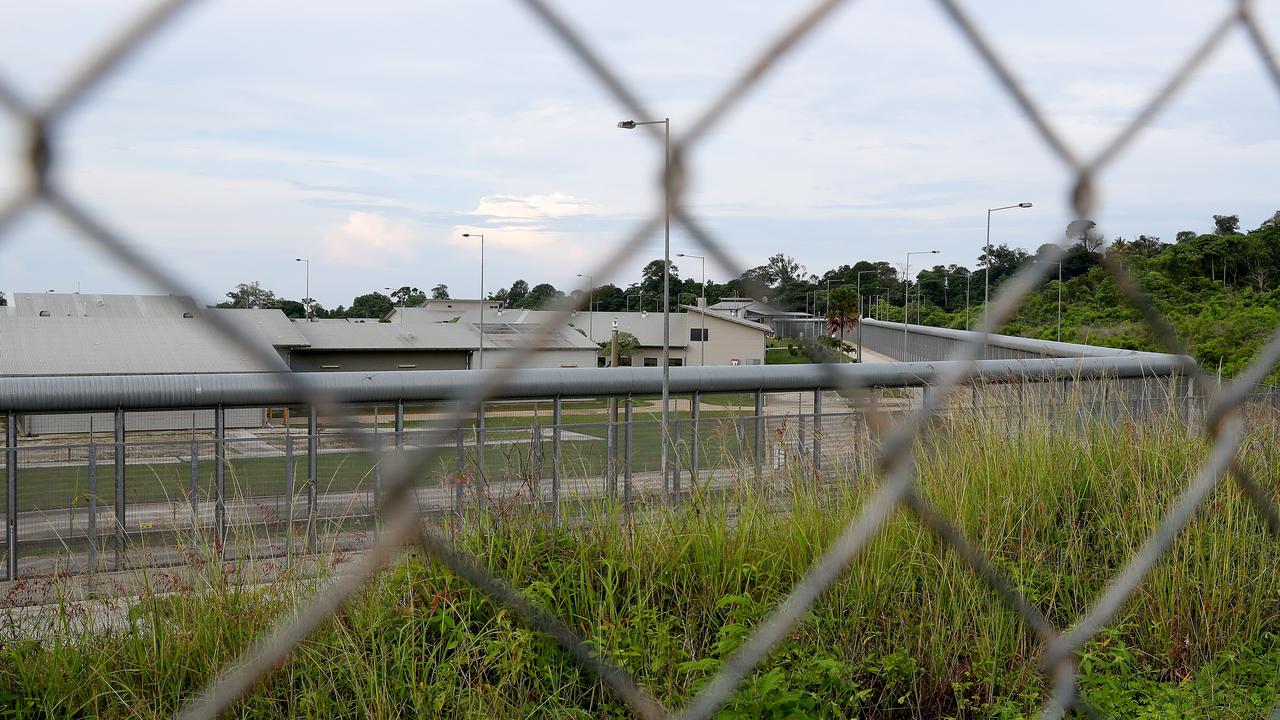
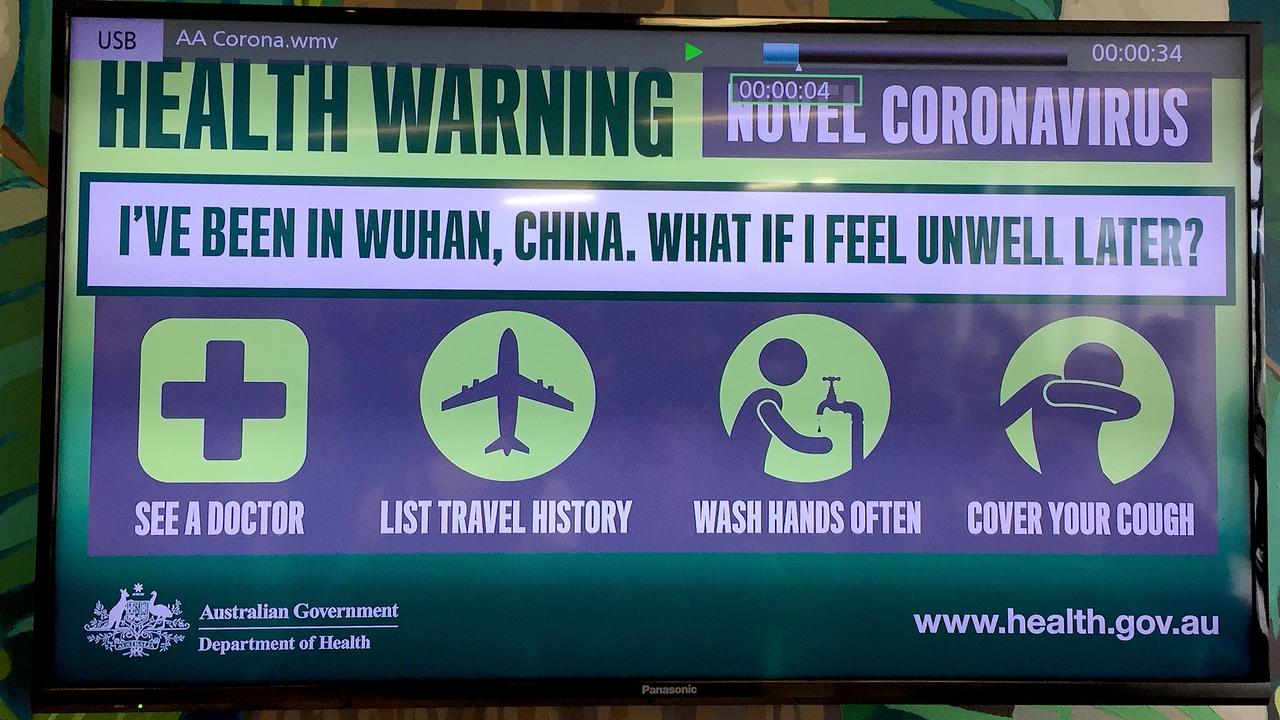
‘LIKE A SCRIPT FROM A DISASTER MOVIE’
Isolation and quarantine are two tools in the box to try to contain virus outbreaks. The former is where those already identified with the virus are removed from the community for treatment and to stop them from passing the virus on.
MORE: Race to answer five key virus questions
The latter is for those who show no signs of an illness but may still have it in their systems.
Quarantine has been around since at least the 14th century. The very term “quarantine” derives from the word quaranta meaning 40 in Italian. Forty days was the period some people suspected of being infected were kept isolated.
From 1832, an unwell sailor arriving in Sydney could be carted off to the North Head Quarantine Station for observation. It had the added benefit of being on a peninsula which made it tricky to escape from.
Quarantine isn’t foolproof. Authorities can, inadvertently, place perfectly healthy people in close quarters with those who are carrying the virus but have yet to show symptoms, potentially exacerbating the problem.
However, epidemiologist at the University of Newcastle Beverley Paterson said Christmas Island is a viable option.
“Quarantining Australians in a remote detention centre in case they have an infectious disease reads more like a script for a disaster movie than a modern public health response,” she wrote in The Conversation.
“But from an outbreak response perspective, assuming good medical facilities are available on Christmas Island, this move should ensure illness in any evacuees is identified early and stop further transmission of the coronavirus.
“That being said, we are in uncharted territory. No one knows for certain whether quarantining Wuhan evacuees on Christmas Island will work.”
OTHER COUNTRIES’ QUARANTINE STATIONS
Not every country has the luxury of their own Christmas Island. While Britain has a few far flung rocky outcrops of its own, it chose to isolate its evacuees within a short bus ride from 1.4 million people.
Around 80 people are now quarantined at the Arrowe Park Hospital west of Liverpool on the Wirral Peninsula.
Late last month, nurses were told to clear out of their accommodation on site to make way for the Wuhan clan.
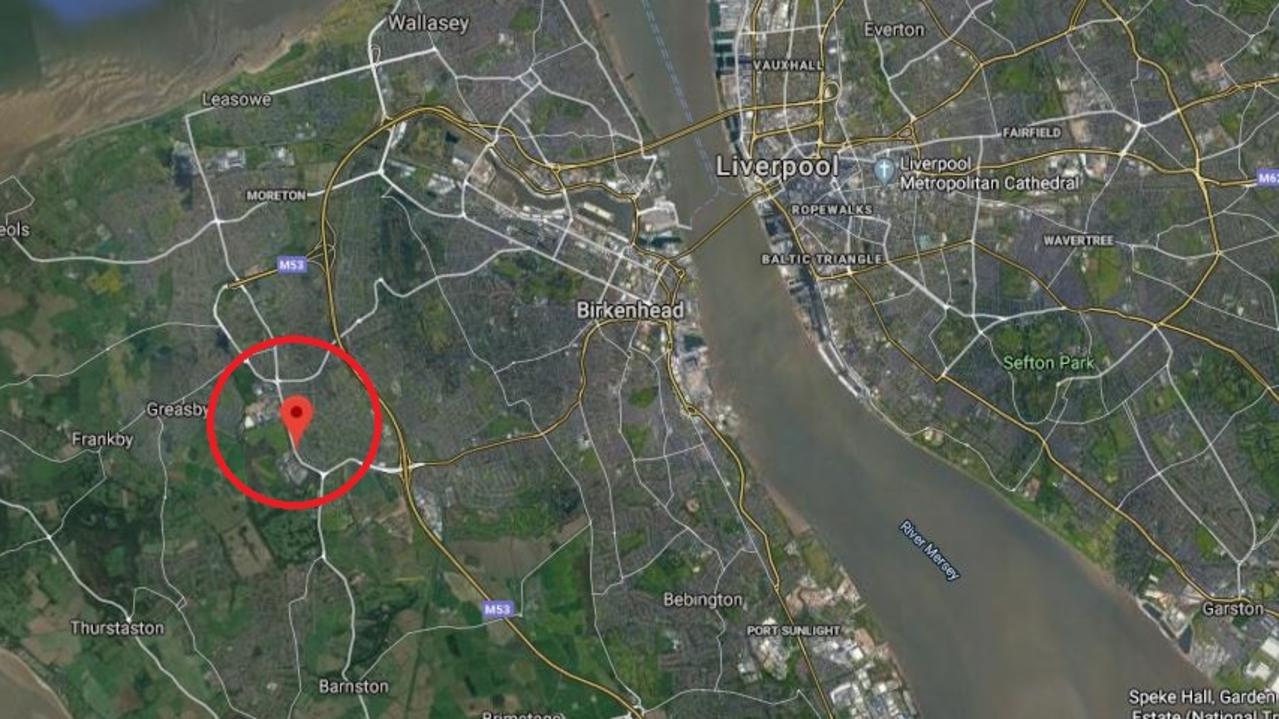

One Irish evacuee, Ben Kavanagh, described the facility as “lovely” and similar to a university dorm. He told RTE News he found it quite convivial and had played pool with his new flatmates, albeit wearing masks and gloves.
But many locals are perplexed why people who may be highly contagious are being housed so close to a major city.
“People are concerned,” Wirral West MP Margaret Greenwood told The Guardian last week.
“Arrowe Park hospital is a very big employer. There’s people coming in and out all the time.”
One local suggested Arrowe Park had been chosen because it is located on a peninsula so there are fewer routes out.
The more likely reason is because it has accommodation on site and is in proximity to one of England’s four “airborne high consequence infectious diseases centres (HCID)”.
These are hospitals designed specifically to deal with people with illnesses just like those associated with coronavirus. Two people, who had shown signs of coronavirus on the flight from Wuhan, were taken directly to another HCID unit in Newcastle upon Tyne.
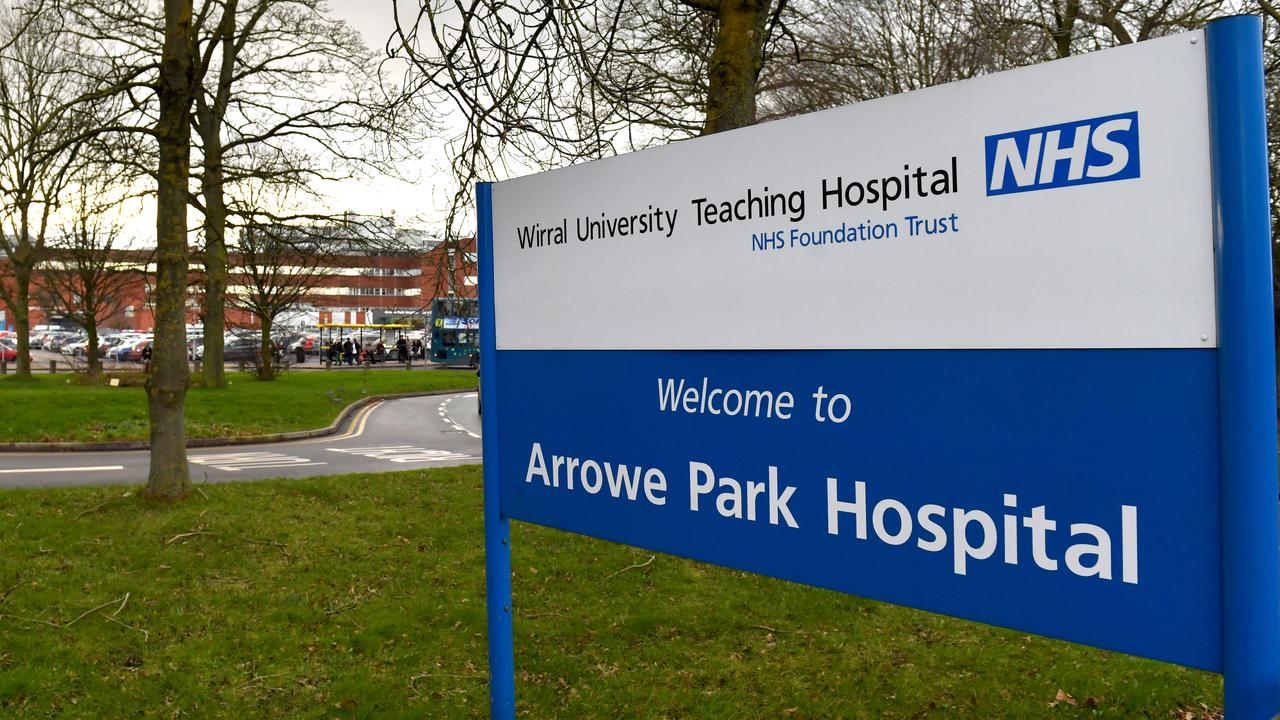
In the US, the first arrivals from Wuhan went to March Air Reserve Base in California. This has the benefit of having accommodation, being secure and close to air routes from China.
But just like Arrowe Park, it’s hardly remote. The suburban sprawl of Los Angeles touches the air base’s fringe.
One air base isn’t enough though. The Pentagon has said a further six bases, including sites in Texas and Nebraska, have been designated as quarantine sites to house up to 1000 American evacuees.
New Zealanders caught up in the coronavirus crisis are currently isolated at an air base just 25km north of Auckland’s CBD. Germans, too, are being housed in a military camp.
Malaysia has chosen to repurpose a college while 700 Koreans are now spending a fortnight’s forced leave in a civil service training centre 80km south of Seoul.

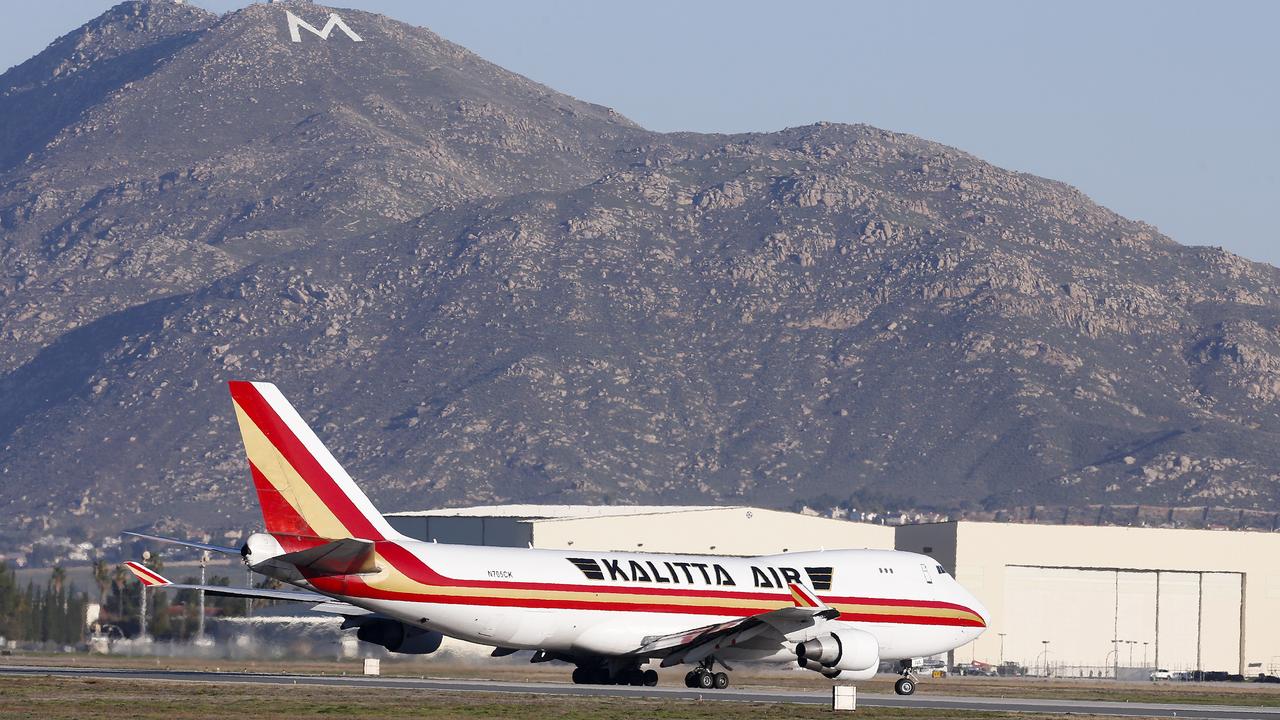
HOLIDAY CAMP RATHER THAN AIR BASE
But it seems the French are getting the best deal.
Many of the nation’s citizens are now housed at the Club Vacanciel holiday resort in the woods behind the Mediterranean seaside resort of Carry le Rouet, near Marseilles.
The Red Cross’s Marc Ziltman, who is in charge of the camp under its new guise, said the French Government made a decision not to house the evacuees at air bases or army camps.
“The easy solution would have been a disused barracks. (But) the site needs to be as agreeable as possible because people are going to pass 14 days there,” he told AFP.
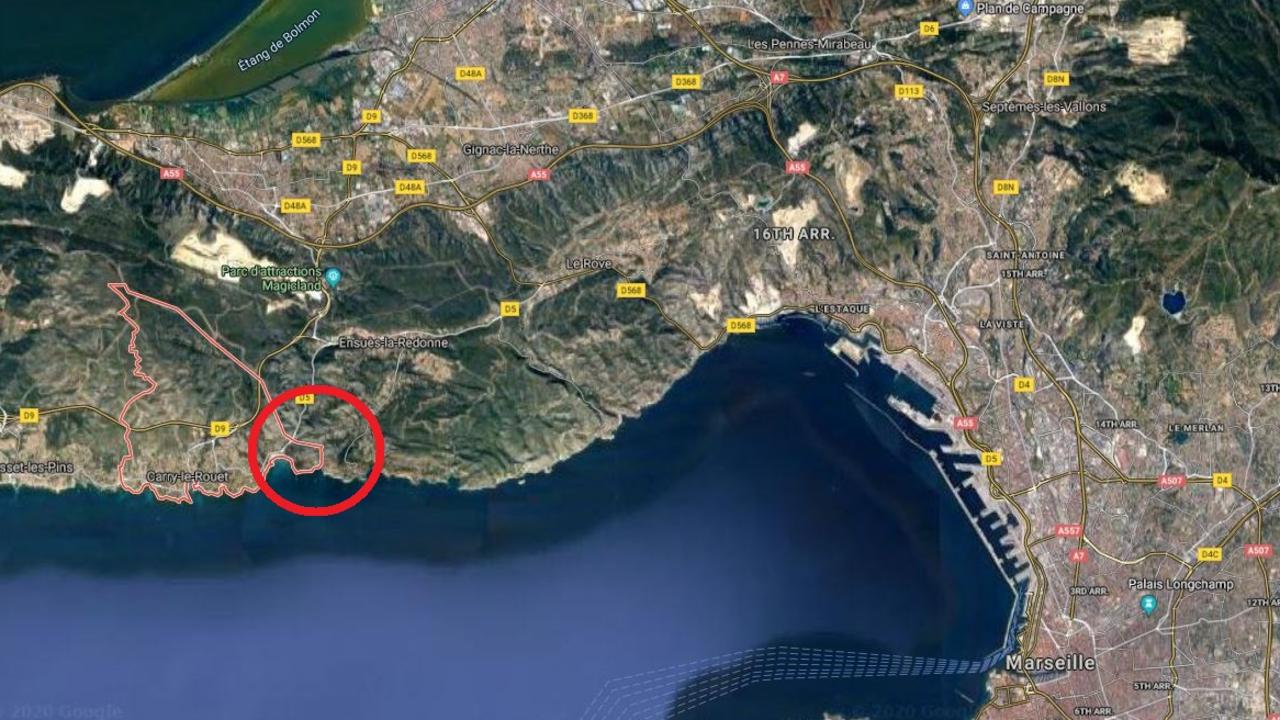
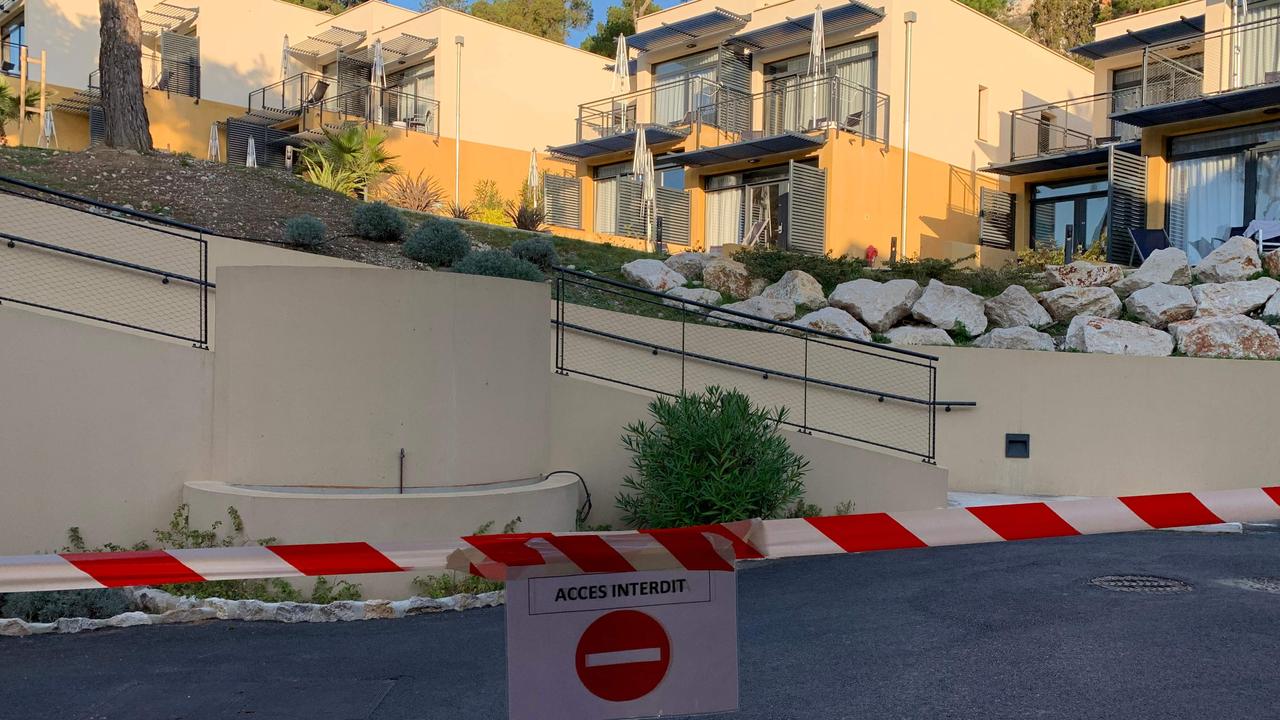

The evacuees can play volleyball, take art classes, have coffee at the cafe and even take open-air walks, RTL reported. Masks on though.
“There are worse places,” he said.
Russia has taken the French route, quarantining its nationals in a sanatorium, albeit one with armed guards on the perimeter and located in the middle of the Siberian wilderness.
Not all those who have reached Australia from China have ended up on Christmas Island.
The Chinese national women’s football team entered Australia before the drawbridge was raised. Rather than being sent home they were quarantined in a Brisbane hotel.
Unable to leave their hotel, the team practised their dribbling skills in a hotel corridor ahead of matches against Thailand, Taiwan and Australia in Sydney. None of the team have shown any signs of coronavirus.
Governments around the world will be hoping their containment measures work. And the people in them will be hoping their enforced holidays come to an end in a week or so.




